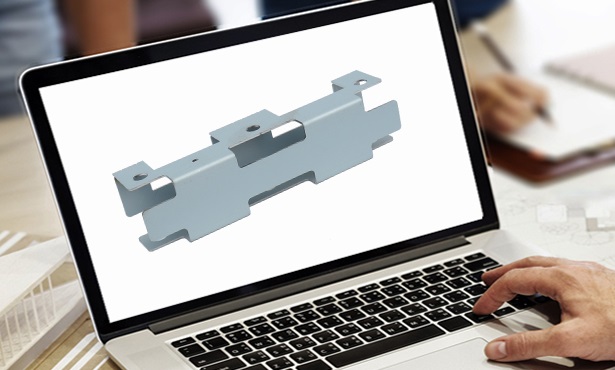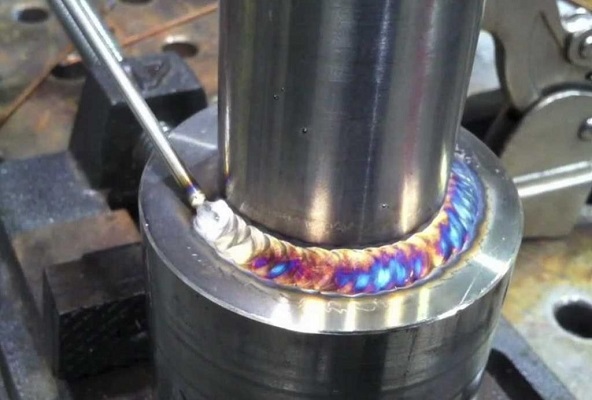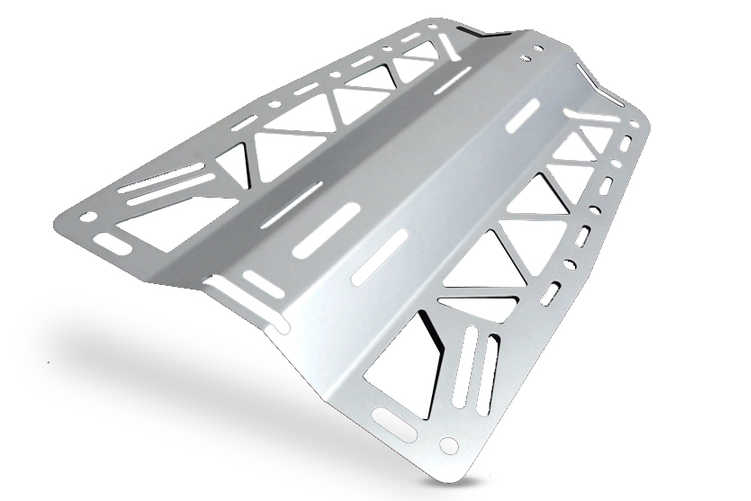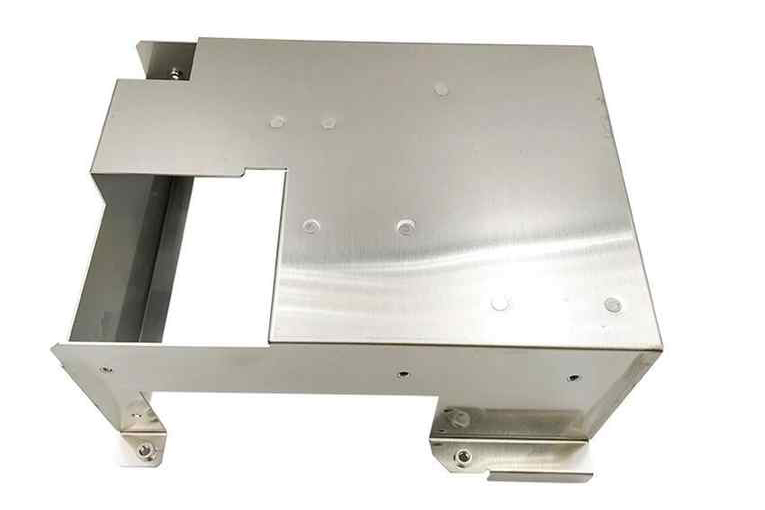
Sheet metal fabrication services
July 15, 2021
Positive polarity TIG welding of aluminum
September 1, 2021Optical components for the quality of laser cutting
1. Mirrors (total mirrors and polarizing mirrors)
Mirrors are used for kilowatt-level laser cutting. Copper-based materials are generally used. The surface coating material determines the reflectivity. High-power laser transmission generally requires direct water cooling and internal water cooling. The channel structure is the main influencing factor; keeping the mirror clean and the accuracy of the reflecting surface (X-Y parallel or perpendicular) is a necessary condition for normal beam transmission. Keeping the mirror clean is beneficial to improve the section roughness and increase the cutting speed. The beam position error through each group of lenses Generally, it is better to control within 2 mm. The diameter of the reflector is generally 50 mm and 70 mm. The 5000w-1000OW C02 laser needs to choose a diameter of 70 mm because of its large spot.
2. Focusing lens Focusing lens is the main component of laser cutting.
Nowadays C02 Deguang mainly uses ZnSe material. There are two focusing methods: plano-convex and bilunar. The focal lengths are 10″, 7.5″, and 5″. The former is mainly used For the cutting of thick plates, 7.5″ has both thin and medium thickness cutting, the latter has advantages in cutting thin plates; the edge thickness is 4.06 and 7.84mm, thick lenses have high pressure-bearing capacity, and are generally used for high-pressure cutting: the main damage mode is cooling Failure, contamination of the mirror surface, condensation on the surface, etc. The correct selection of the lens is beneficial to improve the roughness and slope of the section. The focus lens should be cleaned and maintained from time to time. Blunt, the heat-affected zone of the cutting section is enlarged, and it cannot be cut normally in severe cases. In addition, the telephoto is beneficial to improve the slope of the section, because the light waist after the telephoto focus is longer than the short focal length. The aspheric reflective focus developed by a German company can also achieve cutting, and reaches the diffraction limit, with minimal focus shift.
At present, the focusing mirror quartz material used for high-power fiber laser cutting has two focal lengths: 125/150. The former is beneficial for cutting thin plates, and the latter is more convenient for processing medium and thick plates.
In addition, for the cutting of extra-thick plates, some OEMs have also tried to use bifocal focusing lenses, and the cutting effect has been significantly improved.
3. Cutting nozzle
The cutting nozzle is the main wearing part of laser cutting equipment, which is made of copper. The slit width of the laser is generally 1/10 of the nozzle diameter, that is, 01-0.3 mm. The reasonable design of the cutting nozzle can minimize the consumption of auxiliary gas. Depending on the cutting thickness (from thin to thick), the nozzle diameter varies from 0.8 to 3.5mm, and there are two types of structure: single nozzle and composite nozzle. In view of the processing method, it is generally designed as a structure where the upper tapered hole is connected to the lower cylindrical hole. From the aerodynamics point of view, the ideal structure is “Laval” caliber, and the gas flow mode is the best supersonic convergent shape to avoid incisions. The lower part is enlarged, it provides the best airflow, and saves gas. The correct selection of nozzles is beneficial to improve the roughness and slope of the section and increase the cutting speed.
4. Focal length and defocus.
Generally speaking, 7 5″ telephoto is used for cutting thick plates and 5″ short focal length is used for thin plate cutting. This is due to the long focal length of the long focal length, which is more conducive to obtaining vertical cross-section short focal length focusing energy density. High, which is beneficial to increase the cutting speed of thin plates.
At present, there are two ways to adjust the focus: manual focus and automatic focus. The latter is divided into two types. One is the variable curvature mirror, also known as the adaptive mirror. It is a kind of reflector and is generally placed on the z axis. Above, the curvature of the mirror is adjusted by a pneumatic or hydraulic pressure servo proportional valve to achieve the change of focus; the second is a motion module driven by a servo motor built in the cutting head, which drives the focus mirror to move up and down to achieve automatic focus adjustment.
There are two types of defocusing: positive defocus (focus is on the plate) and negative defocus (focus is under the plate). The thickness of the plate is less than 2 mm. Generally, positive defocus is used. For carbon steel plate cutting, positive defocus is generally used. Stainless steel, aluminum And the cutting of aluminum alloy and copper material adopts negative defocusing.
5.The nozzle plate distance
The distance between the nozzle plate and the lower surface of the nozzle and the processing plate surface is called the nozzle plate distance. When cutting carbon steel plates, it is generally adjusted to about 1.5 mm. This is because the cutting of carbon steel plates belongs to the oxygen-assisted melting cutting method, and the air flow and pressure There is not much demand; when cutting stainless steel and highly reflective materials, the general high-pressure auxiliary airflow from the nozzle plate blows the molten metal out of the slit.
In addition to the above 5 main factors, there are other influencing factors such as beam mode, ceramic body, laser power, cutting speed, auxiliary gas, coaxiality of beam and nozzle hole.
Sheet Metal Laser Cutting
If you are looking for a laser cutting factory in China, we will be your best partner. Our production is burr free, metal parts cutting, sawing, plasma cutting, laser cutting, water jet cutting, metal stamping and CNC punching machine.




